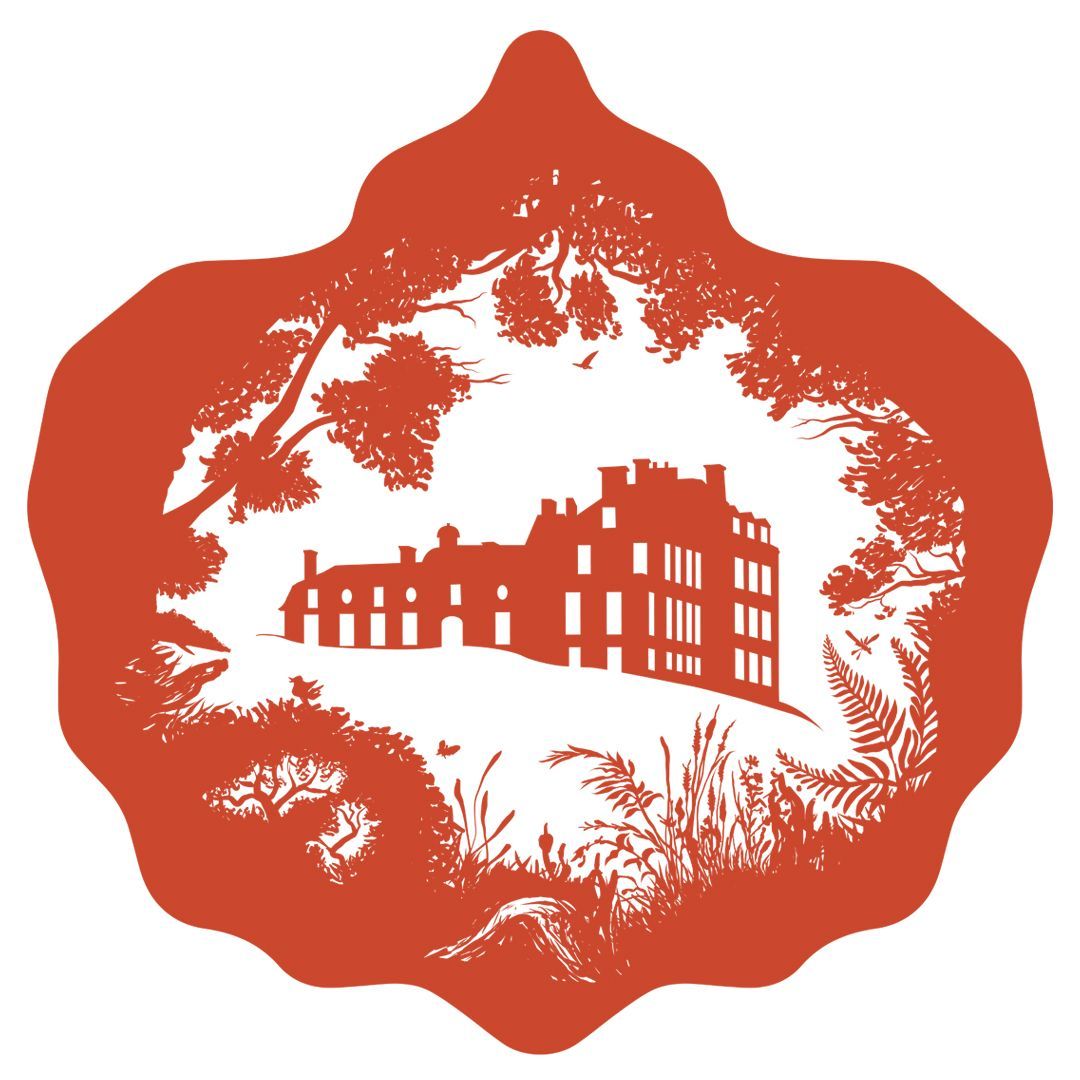New paragraph
The 19th century
A new impetus for Cirey
The Countess of Simiane, the other great lady of Cirey
Diane Adélaïde de Damas was born in 1761. She married the Count of Simiane in 1777 at the age of 16. But her marriage was short-lived, her husband killing himself in 1787.
Adelaide was imprisoned during the French Revolution but escaped the guillotine, unlike her uncle and aunt the Duke and Duchess of Châtelet. The latter, who had no children, had chosen her as heiress of Cirey.
Back in Cirey, a property to which she is very attached, she fights and obtains from the administration the rights to the non-alienated property,the domain having been declared as national property.
Concerning what is already sold, it is obliged to deal with the various buyers.
Through perseverance, she gradually ended up reconstituting the entire property in fifty-four auctions.
After bringing together the entire property, decorating and furnishing the castle which she had found stripped, she became interested in the gardens, which she maintained and developed, thus creating a picturesque garden along the canal.
Known for her great beauty, but also her kindness, Diane-Adélaïde de Damas Countess of Simiane, died in Cirey in 1835.
The Marquis de La Fayette gallant host of Cirey
Adélaïde de Simiane became the mistress of the Marquis de La Fayette in the early 1780s. In her Journal, Madame Vigée-Lebrun, great portraitist, mentions a visit by the young general to Adelaide in his workshop, while she paints a portrait of the woman "whom, it was said, he took care of"...
Adrienne de La Fayette, the wife of the Marquis de la Fayette, shows rare tolerance: she authorizes her husband to spend a summer month with his mistress in Cirey and even invites her children to call Madame de Simiane “our aunt”.
The family of Damascus
When the Countess of Simiane dies, it is her nervous Marquis and Marquise of Damas who inherit the castle. It was during their time that the castle was finally completed.
They built the important chapel in neoclassical style. If on the outside it presents a simple volume which harmonizes perfectly with the 17th century wing, the richness of the interior decor attracts attention. The architect Froelicher is at the origin of this achievement.
Then the Marquis and Marquise of Damas continued the development of the English garden with the help of a renowned landscaper, Count Paul de Lavenne de Choulot.
They will also build a large number of farm buildings, henhouse, dovecote, pigsty, shed, and stables.
This work ruined them and the property was finally sold.












